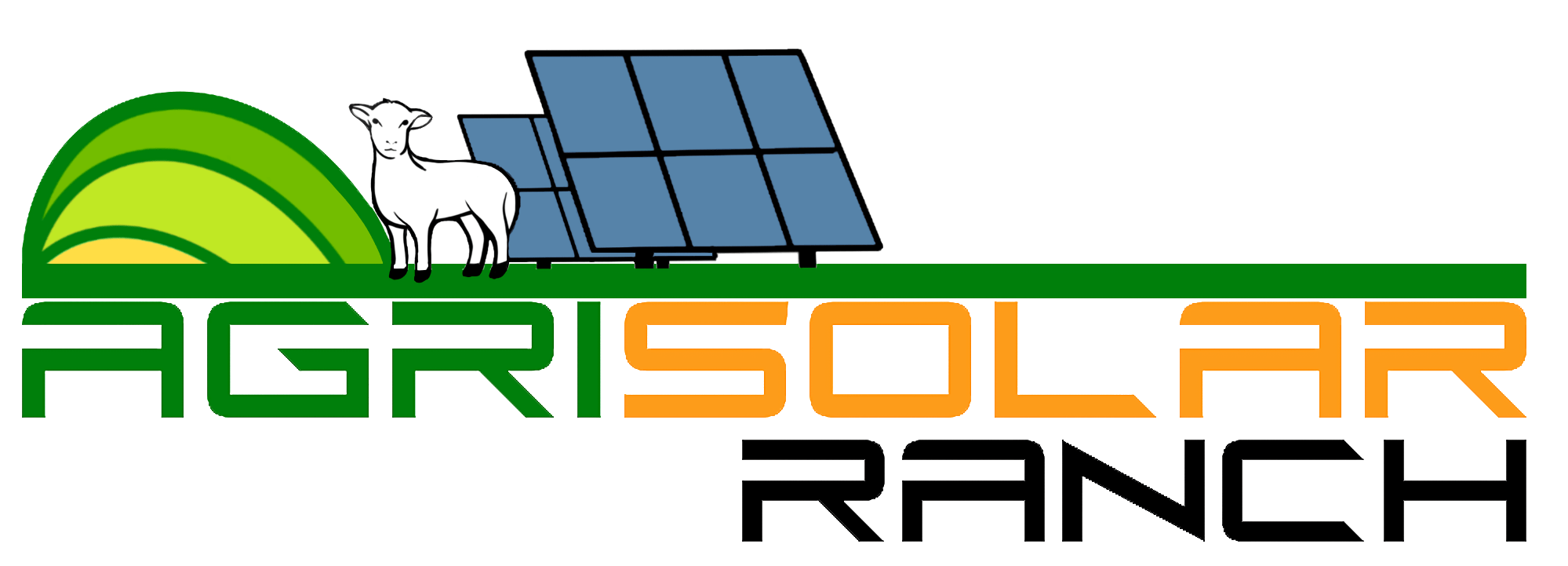This image showcases the work of our sheep, which have been on-site since April, keeping vegetation under control with 1 mechanical intervention. A true testament to the potential of solar grazing.
Currently performing the 2nd and last cutting of 2024, in the coming years, this 2nd cutting will not be needed! Read on to find out why.
For solar facility, the cost savings of solar grazing over traditional mowing is hard to ignore. Let’s break it down in rough averages:
Cost Comparison: Mowing vs. Solar Grazing
-Traditional mowing costs: At $150/acre per mowing and with five mowings per year, maintaining 1,000 acres can cost upwards of $750,000 annually. Over five years, that’s a staggering $3.75 million.
- Solar grazing with soil fertility management: Grazing fees range from $200–$500/acre annually, adding lime and phosphorus applications costs $50–$180/acre every few years. Total five-year costs for a 1,000-acre site average $1.6–$2.8 million, saving $1–$2.1 million over traditional mowing.
The Role of Lime and Phosphorus
While sheep are incredibly effective at controlling vegetation, long-term results depend on improving soil health to reduce the dominance of invasive weeds like broomstraw and foxtail. This is where lime and phosphorus (P) applications come in.
- Lime: Balances acidic soil pH, making nutrients more accessible to desirable forage plants. Proper pH reduces the competitiveness of weeds and creates optimal conditions for grasses to thrive.
- Phosphorus: Enhances root development and strengthens plant growth, promoting lush, even vegetation.
By incorporating lime and phosphorus every few years, paired with rotational grazing, your sites can significantly reduce weed proliferation while improving the quality of the grass cover. This reduces the need for repeated mowing and creates a more sustainable ecosystem.
The Bigger Picture: Efficiency and Sustainability
The results speak for themselves: short grass, fewer invasive weeds, and a site that requires significantly less intervention. Beyond the obvious cost savings of $1–$2.1 million over five years, solar grazing also delivers:
- Healthier soil: Grazing and soil amendments work together to create long-term fertility.
- Reduced carbon footprint: Sheep replace fuel-intensive mowers, aligning operations with sustainability goals.
- Improved biodiversity: Grazing promotes a balanced ecosystem, benefiting the land and wildlife.
- directly supporting the local agriculture community. That $1.6–$2.8 million goes directly to local labor and flock care stimulating defunct rural communities.
Solar grazing isn’t just a cost-saving measure—it’s an investment in the future of your site. If you’re still relying on traditional mowing, it’s time to rethink your approach!
Let the sheep, soil and veg management do the heavy lifting—your budget, your site, the community, AND the environment will thank you. Interested? Contact us at
AgriSolar Ranch
